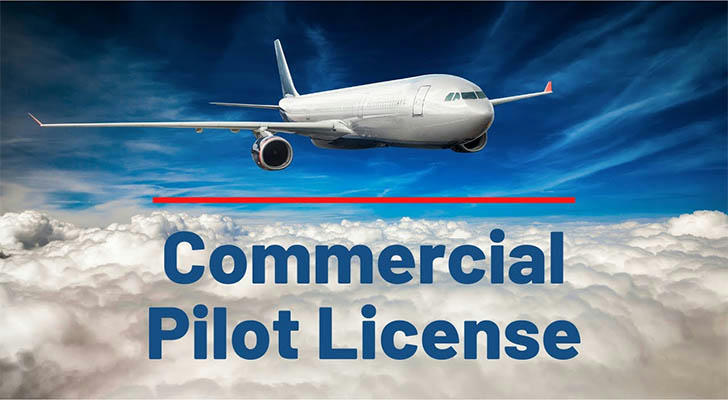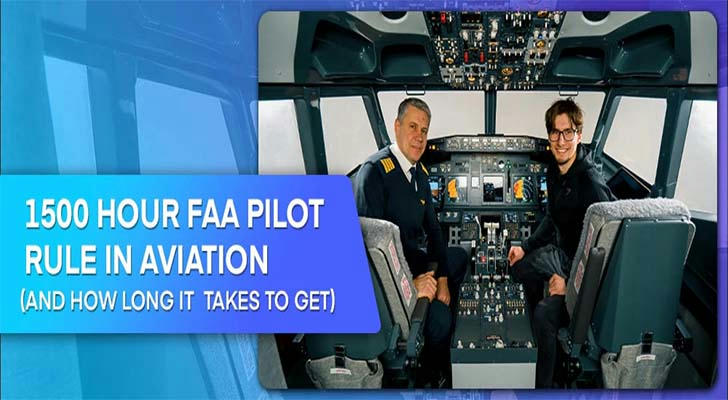Zero basic knowledge can also fly: How to transform from an ordinary person to a certified pilot

Becoming a licensed pilot may seem out of reach for those with no background in aviation. However, this goal is more accessible than many realize. With the right training and commitment, individuals without prior flying experience can successfully obtain a pilot license and unlock a range of opportunities—whether for recreation, personal travel, or professional development.
This article outlines the step-by-step journey from complete beginner to certified pilot, explains the different license types, and provides realistic expectations regarding time, cost, and regulatory requirements.
1. Overview of Pilot License Types
Aspiring pilots must first understand the different categories of licenses, as each determines the scope of legal flying privileges. These licenses are regulated by national aviation authorities such as the Federal Aviation Administration (FAA) in the United States or the European Union Aviation Safety Agency (EASA) in Europe.
Private Pilot License (PPL)
The PPL is the foundational license for non-commercial flying. It permits the holder to operate small aircraft for personal use under Visual Flight Rules (VFR). According to FAA regulations, a minimum of 40 hours of flight time is required, but most students complete closer to 60–70 hours to meet practical proficiency standards.
Commercial Pilot License (CPL)
The CPL allows individuals to be compensated for certain types of flying. It requires more advanced training and a minimum of 250 total flight hours under FAA guidelines, including cross-country and instrument flying experience.
Airline Transport Pilot License (ATPL)
This license is mandatory for pilots intending to serve as captains in commercial airlines. In the U.S., applicants must accumulate at least 1,500 flight hours and demonstrate extensive theoretical knowledge and flight experience.
2. Is It Possible to Start with Zero Experience?
Yes. Most flight training programs are designed to accept students without any previous aviation exposure. In fact, many flight schools cater specifically to beginners and guide them from initial theory classes to certification.
According to the FAA Civil Airmen Statistics (2023), over 20,000 new private pilot certificates are issued annually in the United States—many to individuals with non-technical or unrelated professional backgrounds.
3. Step-by-Step Guide: From Beginner to Pilot
Step 1: Fulfill Eligibility Criteria
To begin flight training for a PPL, the following conditions typically apply:
• Minimum age: 17 years (for PPL, varies by license type and country)
• Language: Ability to speak, read, and understand English
• Health: Obtain a valid medical certificate from an authorized aviation medical examiner (Class 3 for PPL in the U.S.)
Step 2: Select a Certified Flight School
Prospective pilots can choose between:
• Part 61 flight schools, which offer flexible, instructor-driven training
• Part 141 schools, which follow structured curricula approved by the FAA or equivalent authority
Key considerations when evaluating schools include:
• Instructor qualifications and student pass rates
• Fleet maintenance standards
• Aircraft availability
• Training cost transparency
Step 3: Complete Ground School and Pass the Knowledge Test
Ground school covers essential aviation topics, including:
• Aerodynamics
• Aircraft systems
• Weather theory and meteorology
• Federal airspace regulations
• Navigation and flight planning
At the end of this phase, candidates must pass a written knowledge exam (60 questions in the FAA system, with a passing score of 70% or higher).
Step 4: Begin Flight Training
Initial flight lessons focus on:
• Basic maneuvers (climbs, descents, turns)
• Takeoff and landing techniques
• Emergency procedures
• Radio communication and airspace entry
• Cross-country navigation
Training is conducted both with an instructor and solo. Students must complete specific milestones, such as solo flights and night flying (if applicable).
Step 5: Complete a Checkride (Practical Exam)
The final step is the checkride, conducted by a designated examiner. It includes:
• Oral examination (evaluating understanding of procedures and regulations)
• Practical flight test (demonstrating real-world flying skills under various conditions)
Upon successful completion, the candidate is issued a pilot certificate.

4. Estimated Time Commitment
Training duration varies depending on availability, weather conditions, and flight school format:
• Full-time training: 3–6 months
• Part-time training: 6–12 months or more
Consistent flying (at least 2–3 times per week) is generally recommended to maintain proficiency and avoid delays.
5. Financial Considerations
Flight training represents a significant investment. Based on estimates from the Aircraft Owners and Pilots Association (AOPA):
• The average cost of obtaining a PPL in the U.S. ranges from $10,000 to $15,000
• Costs include aircraft rental (typically $120–$180 per hour), instructor fees, fuel, ground school, written exam fees, and checkride fees
Additional expenses may include:
• Aviation headsets
• Logbooks and charts
• Medical examination fees
• Insurance (optional, based on school requirements)
6. Medical Certification Requirements
Pilots must undergo a medical evaluation to ensure they are physically and mentally fit to fly:
• Third-Class Medical Certificate (required for PPL): Evaluates vision, hearing, neurological function, and cardiovascular health
• Second-Class and First-Class Medical Certificates: Required for commercial and airline pilots respectively
Medical standards are set by national authorities, and evaluations must be conducted by authorized aviation medical examiners.
7. Career and Recreational Opportunities
A PPL opens the door to a wide range of aviation activities, such as:
• Personal and recreational flying
• Cross-country travel with friends or family
• Participation in aviation clubs or flying communities
• Volunteering for search and rescue or environmental observation flights
For those pursuing aviation as a profession, the path may continue toward:
• Certified Flight Instructor (CFI)
• Corporate or charter aviation
• Regional and major airline positions (via CPL and ATPL)
According to the Boeing Pilot and Technician Outlook (2023–2042), the global commercial aviation industry will require over 649,000 new pilots in the next two decades—driven by fleet expansion, retirements, and increasing air travel demand.

Conclusion
Becoming a certified pilot is a structured, achievable goal—even for those with no aviation background. Through accredited training programs, disciplined study, and consistent flight experience, individuals can move from complete beginner to licensed pilot. While the path requires time, financial commitment, and perseverance, the personal and professional rewards of flying are unmatched.
For anyone considering the journey, the most important decision is not where to begin—but simply to begin.
